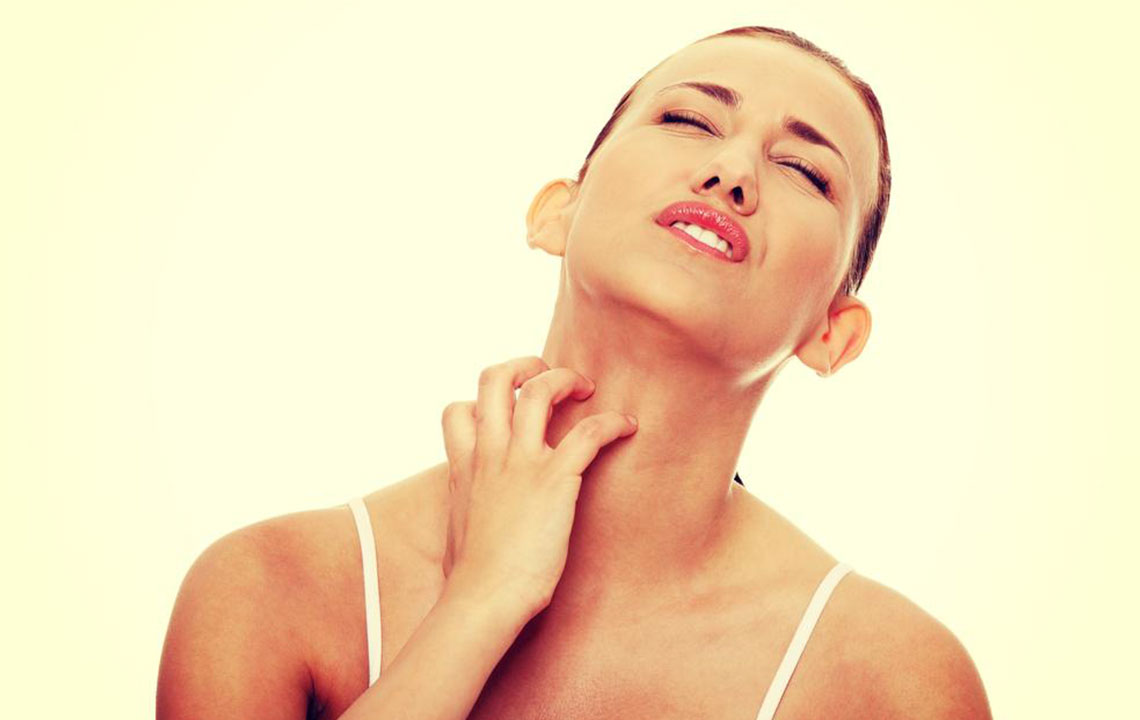Over the Counter Treatment for Eczema

Eczema is a skin condition that causes discomfort due to itching and rashes on the skin. The treatment for eczema has to be done for the conditions such as itching, flares on the skin, and infections of the skin.
The treatment for this skin conditions depends on the intensity of the symptoms. The remedies for this skin condition depends on each individual patient; sometimes, a combination of treatments have to be given so that the patient recovers from the condition.
Some of the medicines prescribed for eczema are corticosteroid solutions, creams, ointments, etc. The treatments include medications such as hydrocortisone steroids, which help in relieving the itching and inflammation. There are many over the counter medications for this eczema. Let us look at some of the over the counter medication for that helps treat eczema:
- Hydrocortisone is the over the counter medicine that is prescribed commonly for eczema. The dosage prescribed for this condition depends on the intensity of the symptoms such as more redness, flakes, or irritation on the skin. However, the medication should be taken on the basis of the prescription; self-medication or excess dosage may lead to many side effects such as thin skin and irritation.
- Over the counter ointment for eczema is NSAID ointment. The ointment called crisbarole, and it is nonsteroidal as well as anti-inflammatory, which is very effective in curing the skin condition. These ointments are generally prescribed to treat eczema if the symptoms are not serious.
- Another variety of over the counter medicine for eczema is the barrier repair moisturizers. These moisturizers help in locking the water in the skin decreases the dryness and redness by repairing the skin. If you are allergic to any scents used in the moisturizers, you can choose moisturizers without scents.
- Some ointments and lotions have to be massaged into the skin gently to cure eczema. The lotions such as pimecrolimus and tacrolimus are the ones that have to be massaged gently on the skin. These lotions reduce the inflammation and other symptoms of eczema. However, one should be careful about the usage as these lotions can cause skin cancer and other serious skin conditions.
- The other kind of over the counter medicine for eczema is corticosteroid, which is available in the form of pills, lotions, and shots. This medicine is used to treat moderate to severe eczema. However, one should be careful about the dosage as an overdose can lead to severe bone damage or can cause some kinds of cancers.
- There are some drugs such as cyclosporine, methotrexate, mycophenolate mofetil that help in curing eczema with moderate to severe levels. These extreme drugs are usually prescribed when no other drug works on the patient. These drugs can have serious side effects on the patient such as high blood pressure and kidney problems. It is better to use these medicines for a short time as these can lead to severe side effects.
- Antibiotics help in treating the bacterial infection of the skin and antihistamines help in relieving the skin infections caused by the bacteria.
- Another method to treat eczema is by passing ultraviolet light on the affected area; this is called phototherapy. These rays control the inflammation of the skin. However, it is always better to take the treatment in limited dosages as the increase in the dosage can lead to severe skin damage. There are two variations in phototherapy known as UV light therapy and PUVA therapy.
Other than taking medication and applying skin creams and lotions, skin care is really important to keep eczema under control. Certain things like bathing in warm water, washing the skin with a gentle cleanser, and patting the skin gently with a soft towel are really good to improve the condition. Application of moisturizers on the skin really improves the texture of the skin.
Certain precautions have to be taken, such as avoiding bathing many times a day is not good as this can make the skin dry. It is always better to avoid alcohol-based sanitizers and cleansers. It is better to avoid using dishwashing liquids, detergent powders, soaps, and cosmetics as they can aggravate the condition of eczema.
It is always better to wear cotton clothes and avoid synthetic and woolen clothing. Synthetic and woolen clothing can cause irritation, which aggravates eczema. It is better to avoid exercises or workouts that lead to lots of sweating. As the sweating can increase the irritation, it is better to avoid these kinds of workouts. Allergy-causing food or environments should be avoided by people suffering from eczema.
People suffering from eczema should be careful while going out in the sun or in the cold weather as it can aggravate eczema. People with eczema should avoid hot food, hot drinks, cold drinks, alcohol etc. as this can irritate the skin. People with this skin condition should avoid oily and junk food as this can increase irritation.


